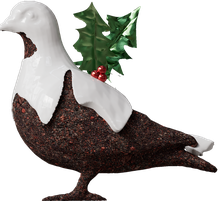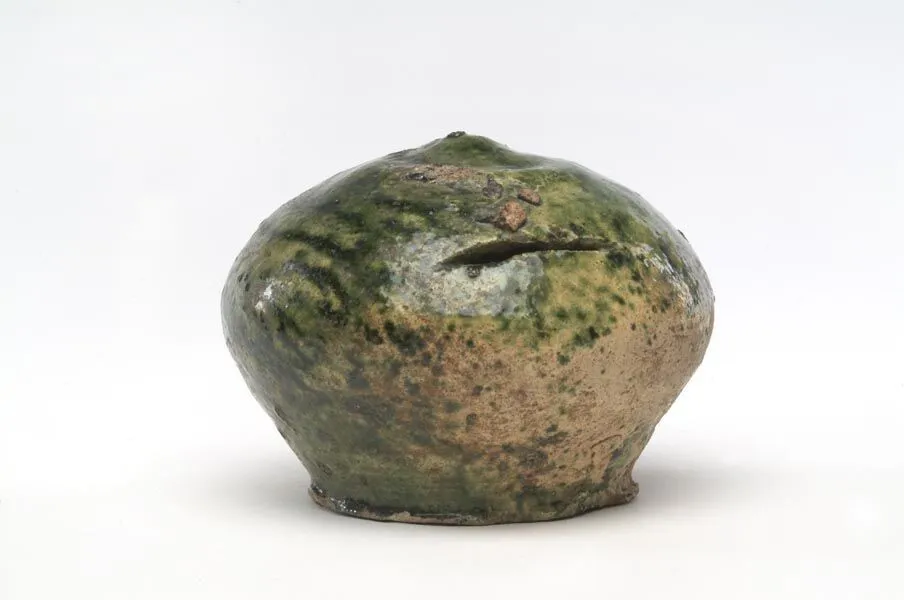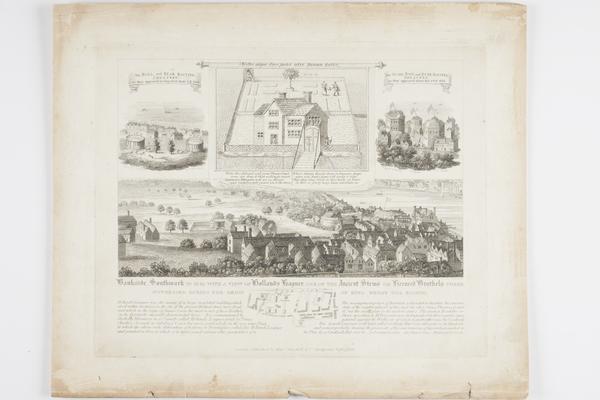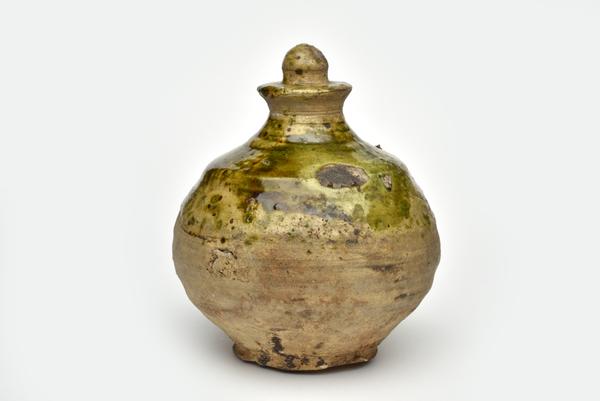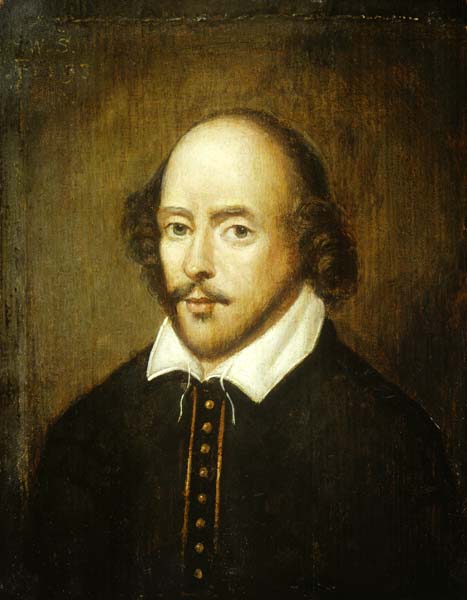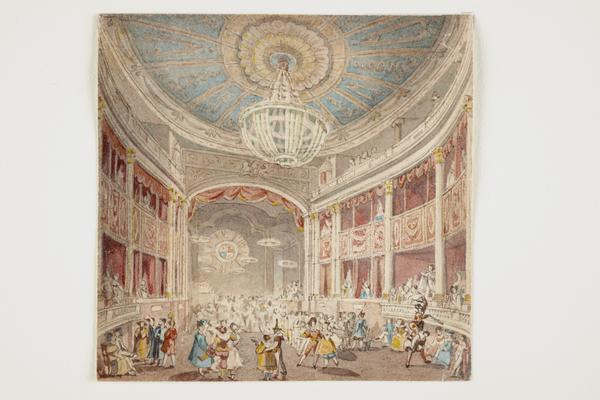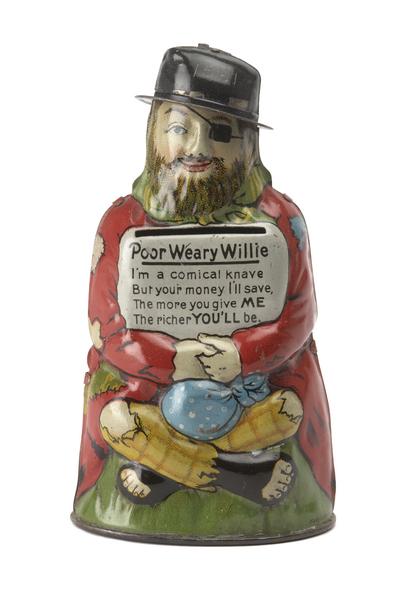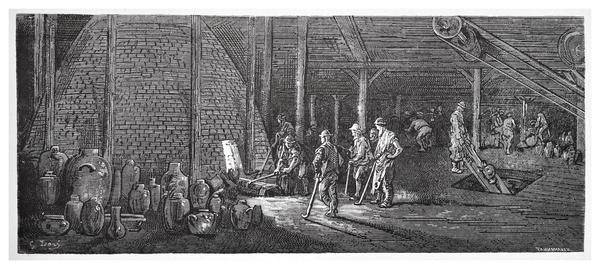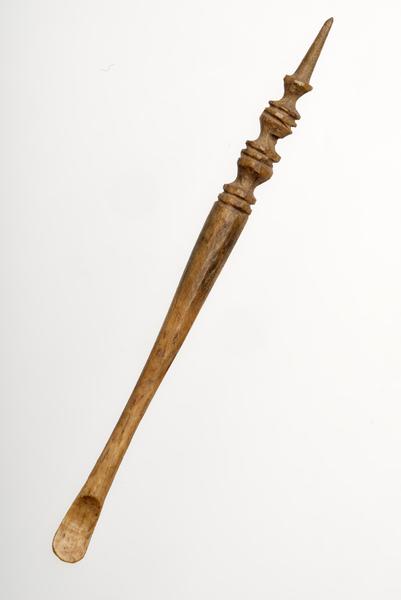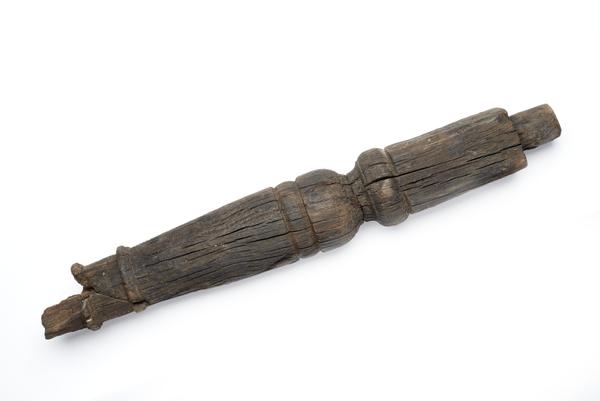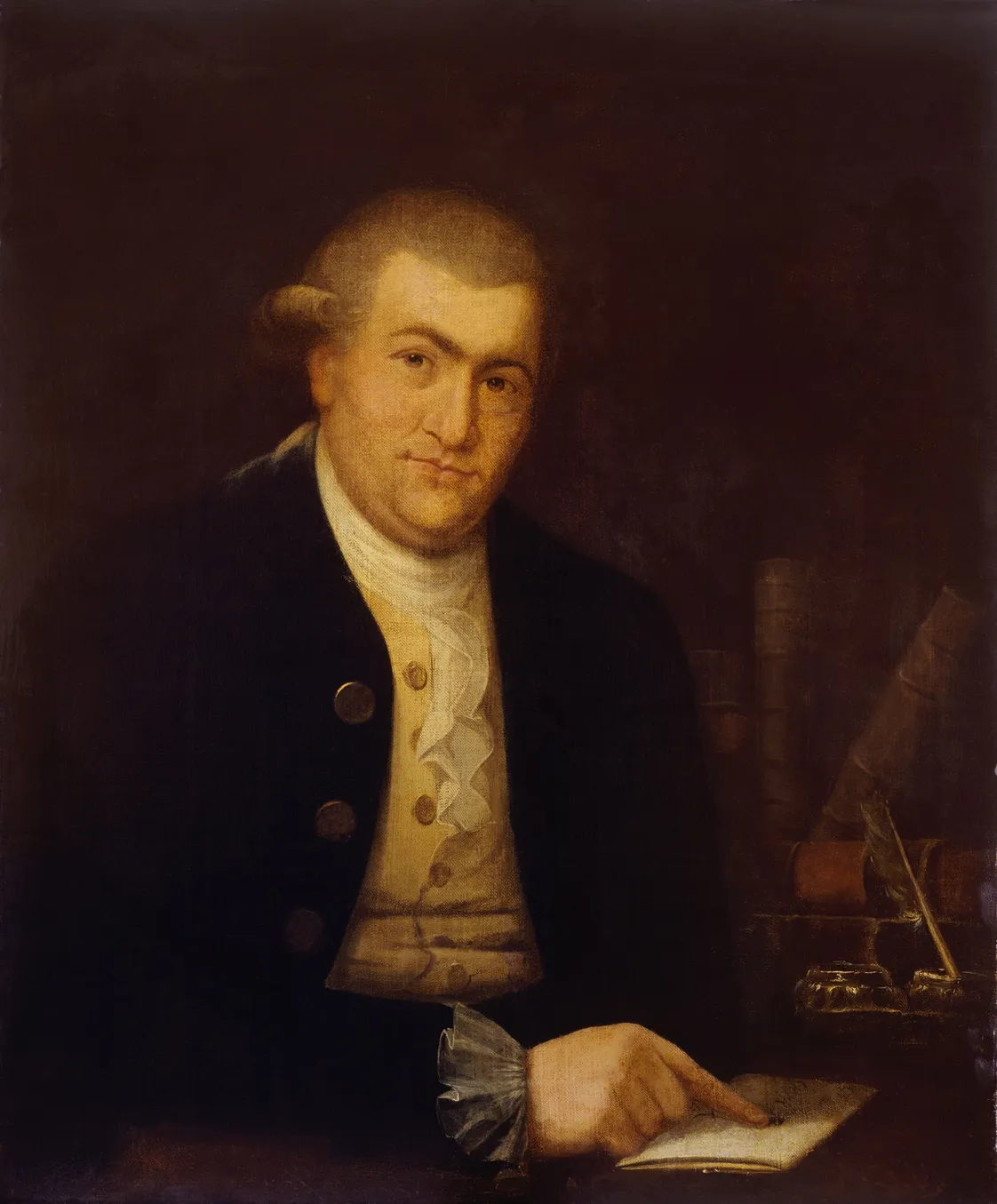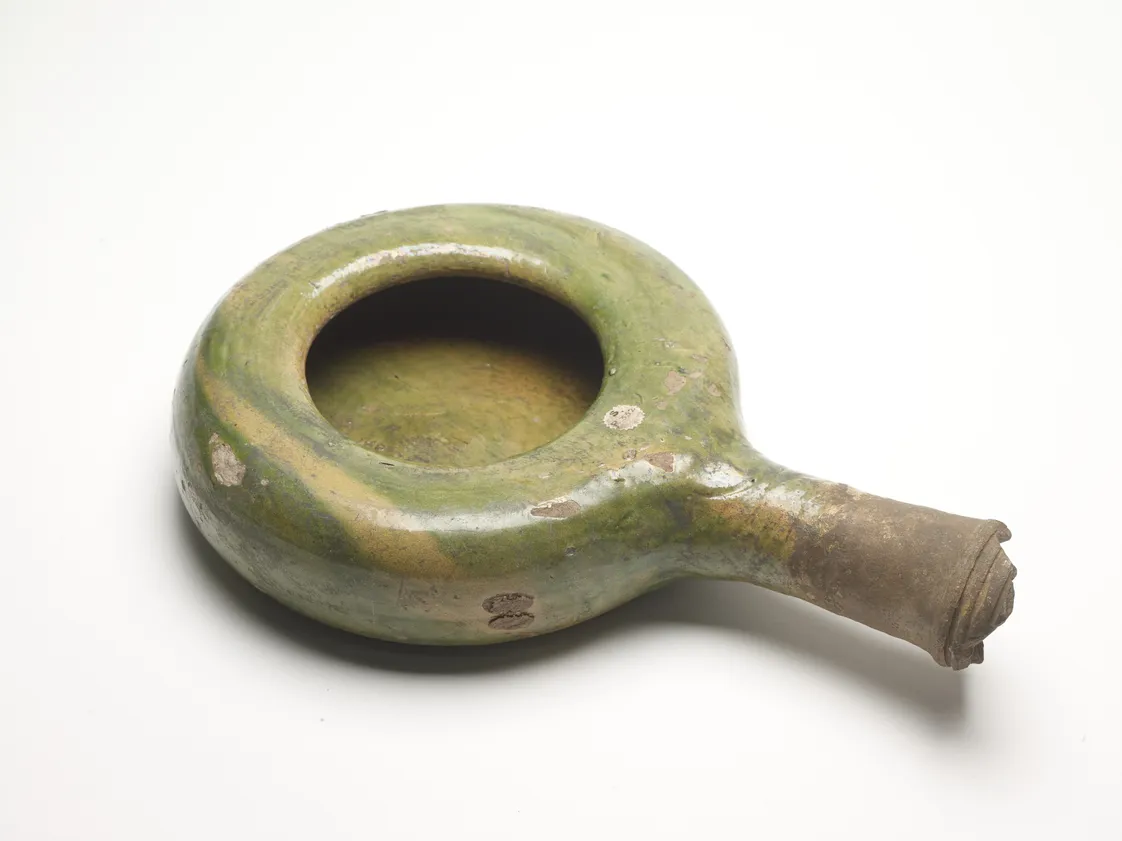Collecting cash at Shakespeare’s plays
Fragments of Tudor and Stuart money pots are often found by the River Thames. With their unusual design, they may have been used to collect money from theatre-goers – then smashed to reveal the takings.
Bankside, Southwark
1587–1650

The tops of money pots found during the excavation of the Rose theatre.
Single-use ceramics
Our collection includes close to 700 small ceramic money pots, sometimes called money boxes. One still has coins inside.
The green and yellow pots are an especially common find around Bankside, on the south bank of the Thames – an area dotted with theatres in the late 16th and early 17th centuries.
It’s thought the pots may have been used to take entry fees, or to collect money for food and drink. But similar pots used by Hindus to collect money for special occasions could suggest another explanation.
Finding the money pots
Like so much interesting archaeology in London, the pots are often discovered by mudlarks – licenced enthusiasts who search the Thames foreshore for historical objects.
They commonly find the small hat-like tops of the pots, known as knops.
While similar green-glazed pottery is found along the whole stretch of the Thames, a lot more knops are found close to Bankside.
What do the money pots look like?
The complete examples show that the money pots had large rounded bodies. There was a slit on one side for coins to be inserted, but no hole for taking the money out.
Meaning the only way to easily retrieve the coins would be to smash the pot. If the slot was wide enough, someone could have removed coins with the help of a thin blade – but it wouldn’t have been quick.
These pots are made out of a type of ceramic archaeologists call Surrey-Hampshire Border Ware.
The area around Farnham, to the south-west of London, was the main production place for London’s practical pottery in the 16th and 17th centuries.
This pottery was mass produced and relatively cheap. However, these handcrafted pots would have still required time and skill, and it seems strange that they were made only to be used once.
“Bankside was also home to the famous Globe theatre”
Were they made for theatres?
The single-use design of the pots has us asking: why not use a regular box you wouldn’t need to smash?
The answer to this may come from where the knops were found. A large collection of 162 money-box fragments were recovered from excavations at the Rose playhouse ahead of building work in 1989.
The Rose opened in 1587 and was the first theatre to be constructed on London’s Bankside. It hosted plays by legends such as William Shakespeare and Christopher Marlowe. Bankside was also home to the famous Globe theatre.
The discovery of so many money box fragments at the Rose has led some archaeologists to believe these money pots were used to collect payment for tickets in theatres during the reign of Elizabeth I (1558–1603).
How did theatres use the money boxes?
We know that ticket money was collected by someone called the “gatherer”, but how is uncertain. Perhaps the knops allowed the pot to be tied to a leather string and dangled from the gatherer’s belt. Or maybe it was held up for the crowd to insert their coins.
In a crowded space, the money pot would need to be sealed for protection.
That would also have made it useful for vendors selling snacks in the theatre courtyards. Excavations of Elizabethan theatre auditoriums have turned up small animal bones and traces of nuts and berries.
“Elizabethan theatres were one of the few spaces in London where people of all classes came together”
Are they the reason we say box office?
One theory is that the term “box office” originated from these money boxes. But we know that the term came into popular use over a hundred years later in 1786, so this seems unlikely.
It’s more likely that the term “box office” came from the expensive box seats sold at theatres.
Elizabethan theatres were one of the few spaces in London where people of all classes came together. Groundlings paid a penny to stand in front of the stage. For a tuppence, you could sit on a bench to watch a Shakespeare play. For another penny you could hire a cushion for added comfort.
To put it into context, a penny could buy an Elizabethan Londoner a loaf of bread. Theatres were affordable – one of the reasons that it was such a popular activity during this period.
The richest would often sit in the Lords Room at the back of the stage. They had a poor view of the drama, but they’d be very visible to the audience. These seats allowed you to show your power and wealth.
One other connected term is Boxing Day. Medieval people used similar money boxes to store their savings. Boxing Day, on 26 December, was when children and apprentices could smash open their money boxes and spend their savings on Christmas treats. Thomas Rowlandson captured the tradition of collecting money this way in an artwork from around 1800.
The Hindu money pot
Half way around the world in India, similar money pots have been used for centuries in Hindu households.
Associated with the Hindu goddess of wealth, Lakshmi, these bulbous pots are commonly used to save money offered to the gods.
On an important day – usually during the extended festival of Diwali – the pot is broken open and the money is used to buy something precious for the house.
We can’t be sure if the design of these pots could have travelled between continents during the 16th and 17th centuries.
But there’s one more interesting similarity – Hindus also cast their broken pots into a flowing river.
This is an edited version of an article by Ollie Croker.

